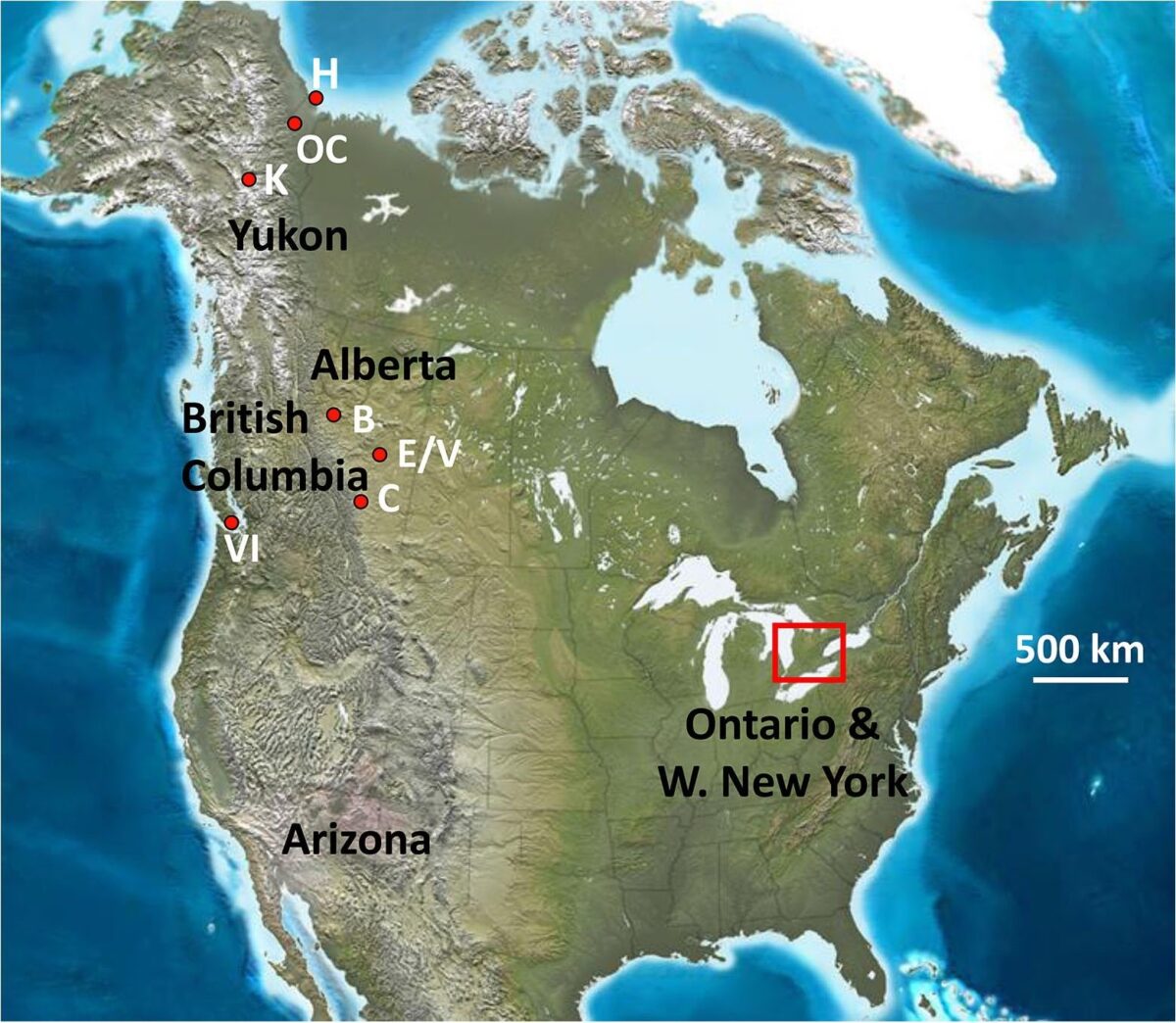
This issue of The Midden highlights accomplishments of Grant Keddie, Royal British Columbia Museum (RBCM) curator of archaeology. Grant has recently been honoured with a public service award celebrating fifty years of archeological service in British Columbia. Grant was also the recipient of the Queen’s Jubilee Medal in 2012 for his contributions to archaeology. The Midden took this opportunity to interview Grant, select topics of interest of which he has written, and dredged up a list of archived Midden articles from past issues.















